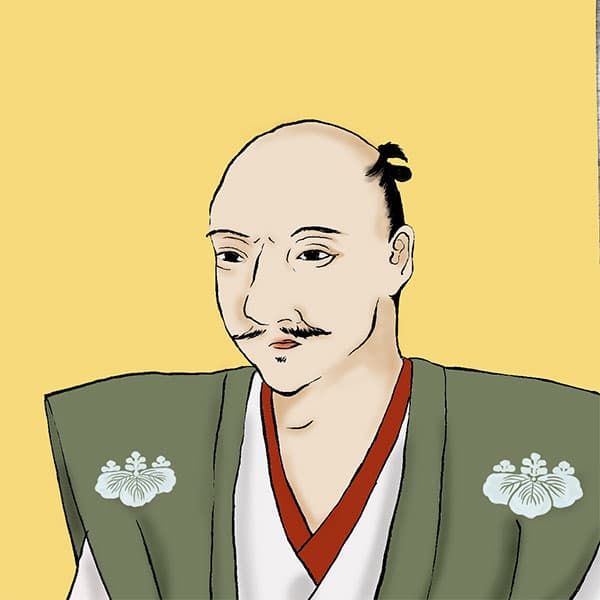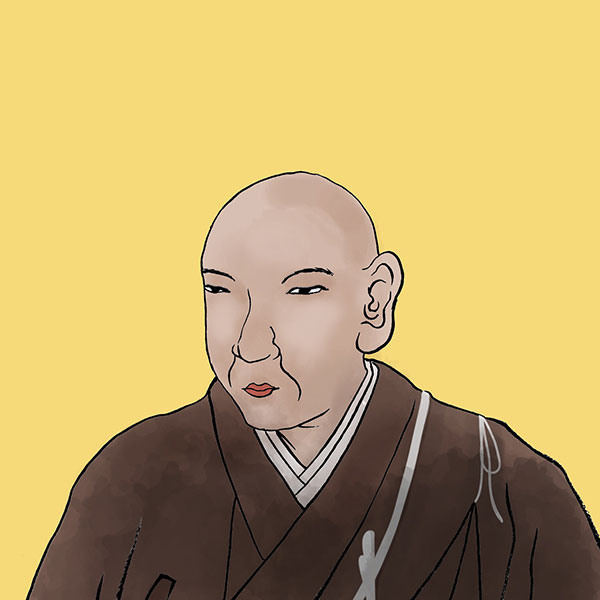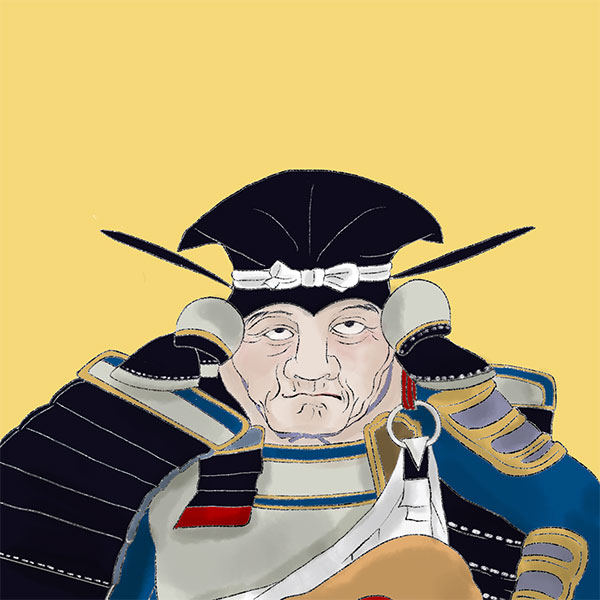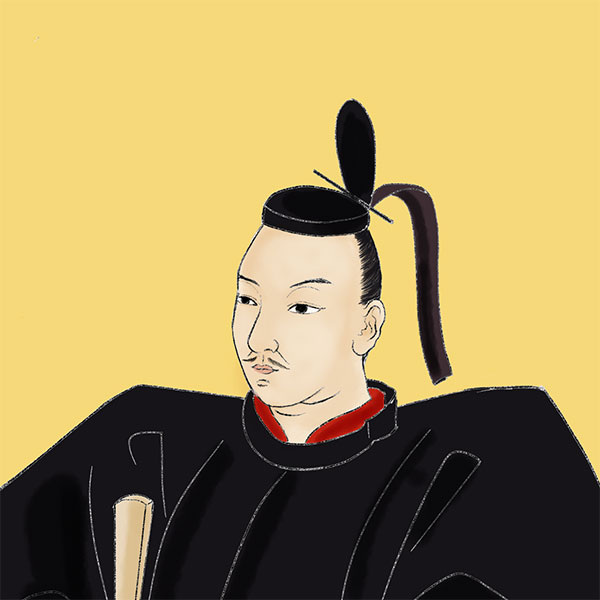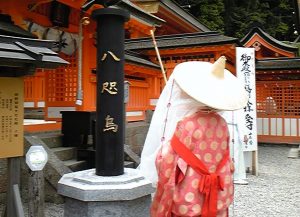Nagashima Ikko Ikki (1/2)Nobunaga massacred 20,000 people
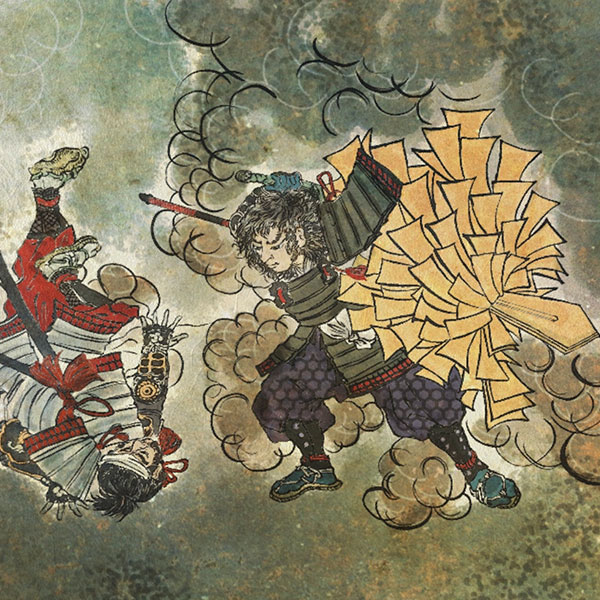
Nagashima Ikko Ikki
- Article category
- case file
- Incident name
- Nagashima Ikko Ikki (1570-1574)
- place
- Mie Prefecture
- Related castles, temples and shrines

Nagashima Castle
- people involved
Oda Nobunaga fought against many followers of the Ikko sect, including Ishiyama Honganji Temple. The first to thoroughly suppress the Ikko Ikki was the Nagashima Ikko Ikki, which occurred three times from 1571 to 1574 on Ise-Nagashima (now Kuwana City, Mie Prefecture). "is. In this 10-year battle centered around Ishiyama Hongan-ji Temple, Nobunaga massacred approximately 20,000 followers of the Ikko sect.Meanwhile, the Oda side, including Nobunaga's younger brother Nobuoki, Many of Nobunaga's relatives and military commanders died.This time, we will summarize the Nagashima Ikko Ikki in detail, referring to "Nobunaga Koki" and other sources.
Nagashima and the Ikko sect
Nagashima, where the Nagashima Ikko Uprising occurred, was located on the border between Owari Province (western Aichi Prefecture) and Ise Province (northern central Mie Prefecture, parts of Aichi Prefecture and Gifu Prefecture). This region is littered with many sandbars where the Kiso, Nagara, and Ibi rivers converge, and eventually developed as a key point for maritime transportation. From the end of the 15th century to the beginning of the 16th century, Ganshoji Temple of the Jodo Shinshu Honganji school, or Ikko sect, was built on Nagashima, one of the islands. After that, many followers of the Ikko sect came to live on Nagashima, and Gansho-ji Temple eventually became a major base of the Ikko sect, controlling followers of Owari Province, Mino Province (southern Gifu Prefecture, part of Aichi Prefecture), and Ise Province. Grow. The number of disciples swelled to approximately 100,000, and a religious autonomous region was created by the disciples.
Originally, the Ikko sect followers of Nagashima and Oda Nobunaga were not that hostile. Although there were some disputes over land, Nobunaga did not suppress the Ikko sect followers of Nagashima. In 1567, when Nobunaga defeated Tatsuoki Saito at the Battle of Inabayama Castle, Tatsuoki fled to Nagashima. At that time, Nobunaga pursued Tatsuoki, but it did not lead to a full-scale conflict with the Nagashima Ikko sect.
Why did the Nagashima Ikko Ikki occur?
The first time that Oda Nobunaga fought seriously with the Ikko sect followers of Nagashima was during the First Nagashima Ikko Ikki in 1570. By the way, an uprising is a concerted action by a group of like-minded people. It also refers to resistance movements that involve the use of force against those in power.
Why were the two fighting at this timing? This is because the Nagashima Ikko Ikki and the ``Ishiyama Battle'' are closely related. The Battle of Ishiyama was a battle fought between September 12, 1570, and August 2, 1570, between Oda Nobunaga and the Hongan-ji factions, including Ishiyama Hongan-ji Temple.The battle was initiated by Nobunaga. This was due to a request to surrender the land of Ishiyama Honganji Temple.
The Kamimachi Plateau in Osaka (Osaka City, Osaka Prefecture), where Ishiyama Honganji Temple was built, was economically and militarily important land. Nobunaga planned to acquire the land of Ishiyama Honganji Temple, a natural fortress surrounded by a river. The fact that Osaka Castle was later built on the site of Ishiyama Honganji Temple shows how important the location of Ishiyama Honganji Temple was.
In response to Nobunaga's unilateral demand for surrender, Kennyo, the head of Ishiyama Hongan-ji Temple, decided to oppose Nobunaga. ``In order to protect the light of Buddhism, fight against those who are enemies of the Oda family and the Ikko sect. Those who do not obey will be excommunicated,'' he sent a message to Ikko sect followers across the country, clearly establishing his anti-Nobunaga stance. Ganshoji Temple on Nagashima also responded to this. The followers of Ishiyama Hongan-ji Temple, led by Yoritan Shimoma and others, rose up in rebellion. Furthermore, some of the small ruling families of Northern Ise also joined the Ikko Ikki, and the Ikko Ikki force expanded to tens of thousands of people. The Ikko Ikki forces first captured Nagashima Castle, which was ruled by the Ito clan, a small powerful clan in northern Ise, and made it their base. Next, they invaded Nobunaga's sphere of influence.
Nobunaga, who had foreseen these movements of Ikko sect followers, naturally took countermeasures. He placed his fourth younger brother, Nobuoki Oda, at Okie Castle in Kaisai District, Owari Province (Aisai City, Aichi Prefecture), which was close to Nagashima, and also stationed soldiers in surrounding forts to monitor Nagashima. However, on November 16, the first year of the Genki era, Okie Castle was attacked by Ikko Ikki forces. At that time, Nobunaga was stuck in the middle of a standoff with the combined forces of Nagamasa Azai and Yoshikage Asakura on Mt. Hiei (Shiga no Jin). Kazumasu Takigawa was at nearby Kuwana Castle (Kuwana City, Mie Prefecture), but he was also attacked by the Ikki forces and could not move. In the end, Nobuoki was forced to commit suicide, and Ogie Castle fell on November 21st.
Upon receiving this news, Nobunaga made peace with the Asai/Asakura combined forces. In May of the following year, he began conquering the Nagashima Ikko Ikki.
First Nagashima Ikko Uprising: Nobunaga is defeated
On May 12, 1571, Oda Nobunaga led a large army of 50,000 people and set out from Gifu Castle (Gifu City, Gifu Prefecture) to attack Nagashima. Nobunaga divided his army into three and marched on. The main force led by him will take up camp at Tsushima (Tsushima City, Aichi Prefecture). The Owarishu-centered army commanded by Nobumori Sakuma moved from Nakasuji-guchi (Aisai City, Aichi Prefecture) in the Okie direction, and the Mino-shu-centered army led by Katsuie Shibata moved from Otaguchi (Kaizu City, Gifu Prefecture) on the west bank to Nagashima. We decided to attack.
On the other hand, the Nagashima Ikko Ikki forces entered more than ten forts, including Okie Castle, to solidify their defenses and wait for the Oda army. Each fort is blocked by a river, making it difficult for the Oda army to attack. In the end, after setting fire to surrounding villages, Nobunaga decided to retreat on the night of May 16th, but the Oda army was attacked by an uprising force that knew the advantages of the land. The Shibata army, which served as Shingari, suffered the most damage. While retreating in single file along a narrow path with the mountains on the left and the river on the right, they fought against the rioters who attacked them with bows and arrows and guns.
Shibata's army had a tough time, and Katsuie was injured and even his flag and accessories were stolen. For this reason, Ujiie Bokuzen (Naomoto) took Katsuie's place as Shingari, but the force of the uprising was strong and many soldiers, including the commander Bokuzen, died in the battle. Thus, the First Nagashima Ikko Ikki ended in Nobunaga's crushing defeat.
Second Nagashima Ikko Ikki: Nobunaga is unable to attack and faces a counterattack.
After the First Nagashima Ikko Uprising, Oda Nobunaga fought against the siege network of Yoshiaki Ashikaga, Ishiyama Honganji Temple, Nagamasa Azai, Yoshikage Asakura, Shingen Takeda, and others. After defeating the Asai clan at the Battle of Odari Castle and the Asakura clan at the Battle of Ichijodani Castle in August 1573, they invaded Nagashima again in September. This is the Second Nagashima Ikko Ikki.
Nobunaga returned to Gifu Castle on September 6th. It was on September 24th that he set out for northern Ise. This was because the local magnates of Northern Ise took an anti-Nobunaga stance in response to the Nagashima Ikko Ikki, and Nobunaga, fearing the expansion of Nagashima's influence, immediately departed.
Initially, Nobunaga was planning to procure ships at Ominato (Ise City, Mie Prefecture) and gather them at Kuwana in order to attack Nagashima. This was in response to the fact that the Nagashima Ikko Ikki force had been replenishing personnel and supplies by sea from the Kuwana area the previous time, and the aim was to reduce the Ikki force's strength by suppressing water transport. However, the group that had played a leading role in Ominato's autonomy was reluctant to cooperate. In the end, Nobunaga departs with an army of tens of thousands of people without the cooperation of the group.
Nobunaga first took up his position at Ota Castle (Kaizu City, Gifu Prefecture). Katsuie Shibata, Nobumori Sakuma, Hideyoshi Hashiba (later Hideyoshi Toyotomi), Nagahide Niwa, Yoritaka Hachiya, and others joined here and attacked the castle on the Ikko Ikki side on the west side of Nagashima. The Oda army succeeded in capturing Nishibessho Castle (Kuwana City, Mie Prefecture) on September 26th, and Sakai Castle (Kuwana City, Mie Prefecture) on October 6th. After that, Nobunaga moved his headquarters to Higashibessho on October 8th, but at this time, locals from Kuwana and Mie counties, including Kayu Castle, Isaka Castle, Akahori Castle, and Kuwabe Nanjo, attended the camp one after another. I surrendered. However, General Nakajima of Hakusan Castle (Kuwana City, Mie Prefecture) did not surrender, so Shigemori Sakuma, Hideyoshi Toyotomi and others dispatched troops to capture it.
After conquering the surrounding area, it's time to conquer Nagashima! However, we were unable to procure enough Ominato ships. As a result, Nobunaga eventually gave up on attacking Nagashima and stationed Kazumasu Takigawa at Yada Castle (Kuwana City, Mie Prefecture), located to the west of Nagashima, before heading home.
The battle would have been over if they returned safely, but the Ikko Ikki forces were waiting to pursue the Oda army on their way back. The way back was along a narrow road surrounded by mountains and rivers, similar to the one where Katsuie Shibata struggled so hard during the First Nagashima Ikko Ikki. The uprising forces torment the Oda army with surprise attacks using bows and guns. At this time, the Ikki forces were said to have included gunsmiths from Iga and Koka, making them quite a formidable enemy. After that, the battle turned into hand-to-hand combat due to the fierce wind and rain, but it was a fierce battle with both sides getting mixed up. During this time, Michimasa Hayashi, who was in charge of the military, died in the battle. Nobunaga managed to shake off the uprising forces and returned to Gifu on October 26th.
Thus, the Second Nagashima Ikko Ikki ended without Nobunaga being able to attack Nagashima. The reason for this defeat was the failure to procure a ship at Ominato. In fact, the members of the Ominato group were connected to the Ikko Ikki force, and at the request of Hironari Hineno, a military commander of the Ikko side, they sent ships to transport women and children from Nagashima. When Nobunaga found out about this, he was furious. He ordered, ``Be sure to defeat the shipowners who had sided with the enemy!'' and executed the Fukushima father and son who were familiar with the Ikko Ikki movement. In order to make an example of the Fukushima family, they strongly discouraged shipowners who were collaborating with the Ikko Ikki forces.
Third Nagashima Ikko Ikki ① Total war begins
Then, in July of the following year, 1574, Oda Nobunaga launched an all-out war against the Nagashima Ikko Ikki. In order to destroy the Nagashima Ikko Ikki at any cost, on June 23, a ``mass mobilization order'' was issued throughout the Oda territory. As a result of gathering soldiers, a large army totaling about 80,000 people was assembled. In addition to dividing his army into three, Nobunaga devised a plan to attack Nagashima from the sea with a naval force led by Yoshitaka Kuki. Each army is as follows.
The article on Nagashima Ikko Ikki continues.
- people involved

- WriterNaoko Kurimoto(Writer)I am a former travel industry magazine reporter. I have loved history, both Japanese and world history, since I was a child. I usually enjoy visiting temples and shrines, especially shrines, and often do ``pilgrimages to sacred places'' themed around historical figures. My favorite military commander is Ishida Mitsunari, my favorite castle is Kumamoto Castle, and my favorite castle ruins is Hagi Castle. My heart flutters when I see the ruins of battle castles and the stone walls of castle ruins.


